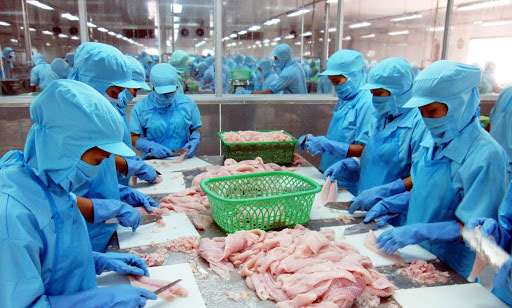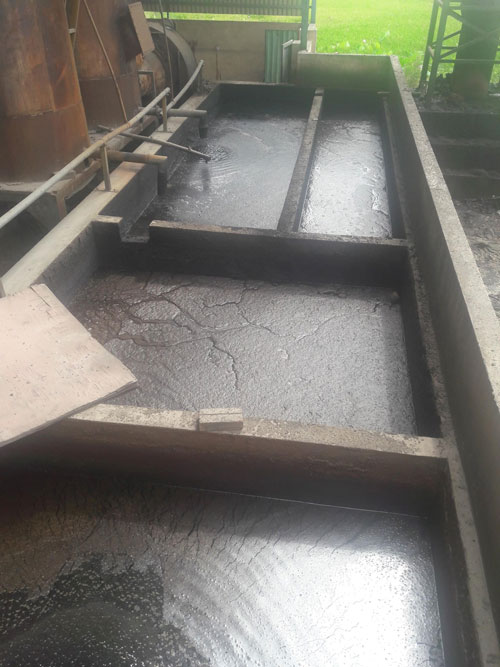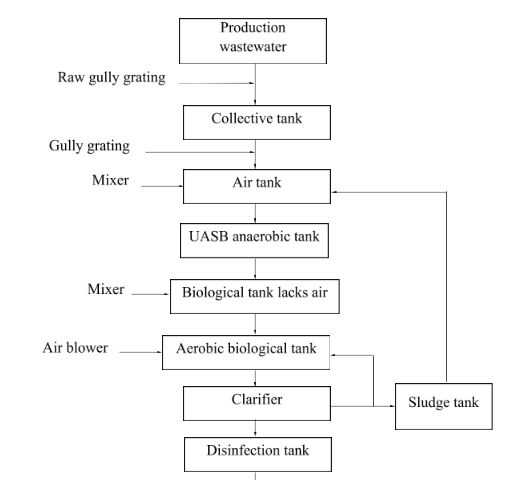When there is a reaction between organic matters and microorganisms that creates CH4, the process of wastewater treatment in confectionery and food industry by anaerobic method occurs
Food processing wastewater is the most difficult to treat. Wastewater from the food industry includes many different ingredients such as nitrogen, phosphorus, animal fat, vegetable oil, and untreated starch for a long time causing stagnation, clumping ...
The confectionery industry wastewater contains high levels of organic matter, detergents, grease, and margarine.

When waste is put into water, it causes oxygen depletion, and adversely affect the organisms living in the water. This makes the seriously polluted water source. Moreover, if people use this water source can cause skin allergies, ulcers, even for a long time can lead to cancer and death.
So the wastewater treatment in the food industry is very important. How does wastewater treatment technology in the confectionery and food industry work? Please refer to the article below.

Wastewater treatment system in the food and confectionery industry
With many years of experience in the field of providing wastewater treatment services, consultation and design and construction of wastewater treatment systems, E&C Vietnam Environmental Technology Joint Stock Company offers wastewater treatment solutions in the food and confectionery industry by biotechnologies:

Diagram of industrial wastewater treatment
1. Grease collection and separation tank
First of all, wastewater is put into the grease collection and separation tank as wastewater in the food industry containing many ingredients. The waste is kept here to avoid clogging the pipe. Oil and grease floating transfers to the grease tank, and the wastewater moves to the next compartment.
2. Sump
The wastewater passes through a gully grating to remove large trash that avoids clogging during operation. After being greased, wastewater is transferred to the sump.
3. Air tank
The air tank helps to regulate the properties of wastewater, stabilize the flow. Conditioning tanks often have large capacity because of the larger capacity, the higher the safety and efficiency.
4. Anaerobic tank
When there is a reaction between organic matters and microorganisms that creates CH4, the process of wastewater treatment in confectionery and food industry by anaerobic method occurs.
This decomposition process goes through 4 steps:
5. Anoxic tank
After being treated in an anaerobic tank, wastewater is transferred to the anoxic tank. Here, NH3 gas, after a process, will release N2 and pump to the sedimentation tank, then transfer to the aeration basin.
6. Aeration basin
Here, the air is always supplied. and microorganisms are added periodically to decompose organic matter into CO2 and H2O, reducing the concentration of dirty in the wastewater.
7. Secondary sedimentation tank
Water, after being treated in the biological tank, will pass through the secondary sedimentation tank to settle the sludge in the wastewater. Part of the sediment is pumped to the sludge tank, and the reverse is sent to the Anoxic tank.
8. Disinfection tank
Here, the bacteria are destroyed by strong oxidants. Eventually, the wastewater is pumped into the pressure filter tank to remove the residues, ensuring clear water to take out.
E&C Vietnam Environmental Technology Services Joint Stock Company is proud to be a leader in the field of providing wastewater treatment systems for the confectionery and food industry. For more information, please contact hotline 0941 113 286.

0 comments